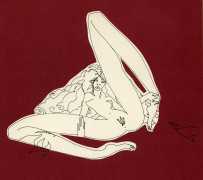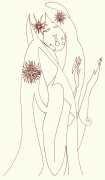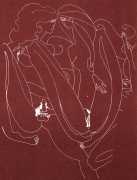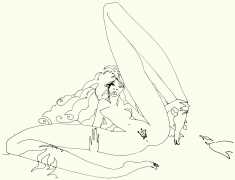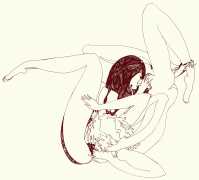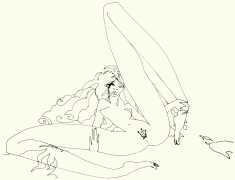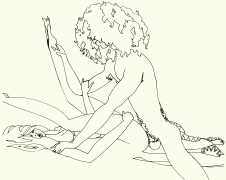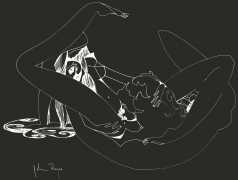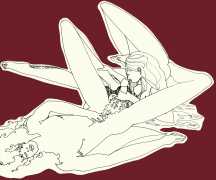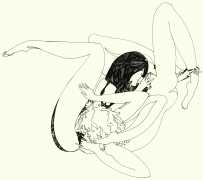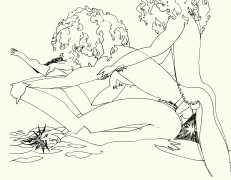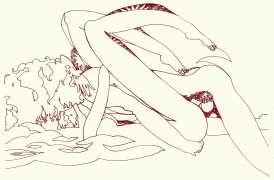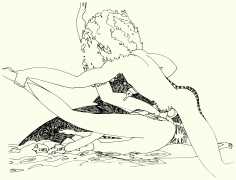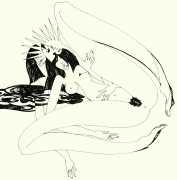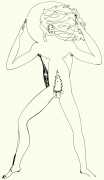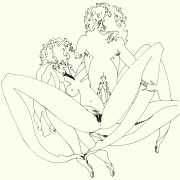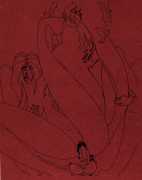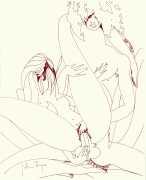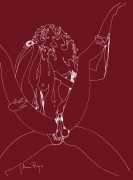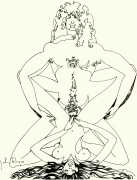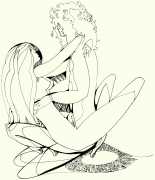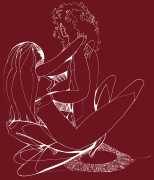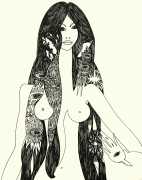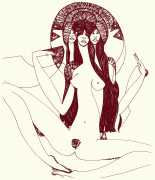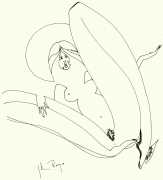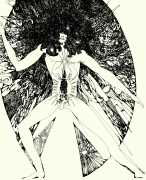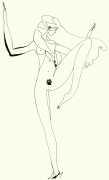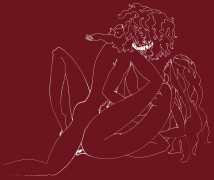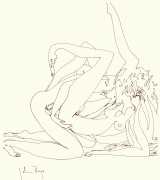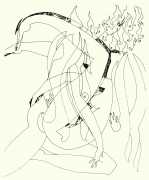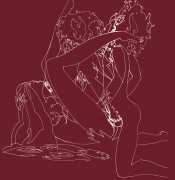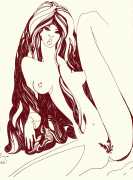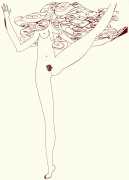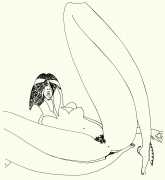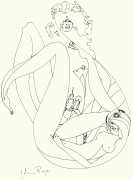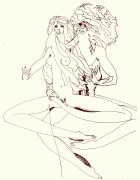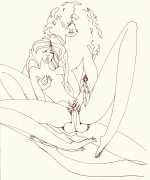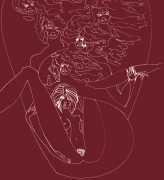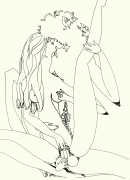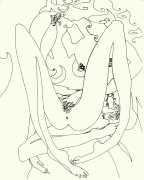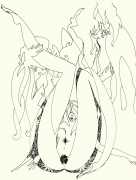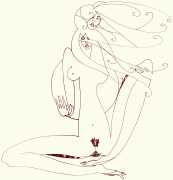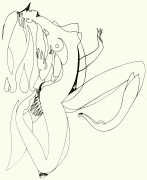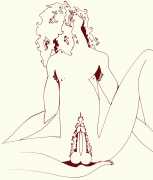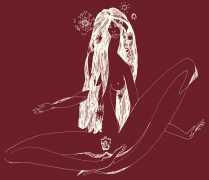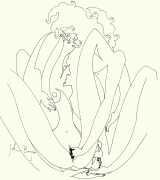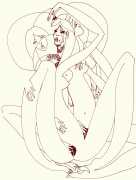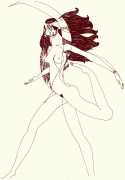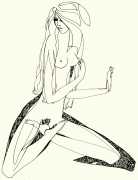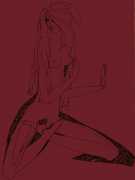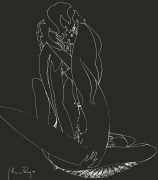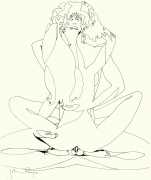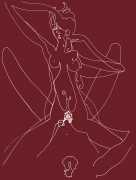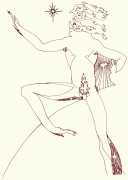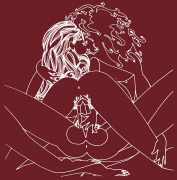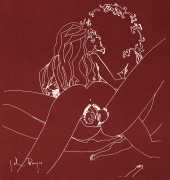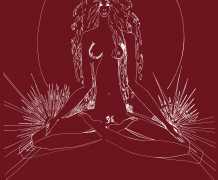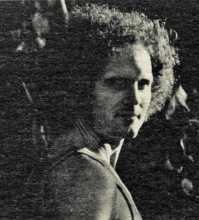
A self-actualising artist who considers himself to be unschooled in the traditional sense, the American John Boyce strives for individualism, simplicity and understanding in what he calls his ‘renderings of the phenomena of nature as an observer and recorder’. He grew up in Nowata in northern Oklahoma, and with the encouragement of his teachers and parents started drawing at the age of ten. In 1953 he started an arts course at the University of Kansas, and when he left college studied with Juan Sedueno, head of the art department of the University of Panama, at his private art academy. During this time he became friends with a missionary working among the Indian population, and through their dialogue developed an interest in ethics and aesthetics; when he returned to the United States he took a degree course in philosophy.
In 1962 he enrolled at the Otis Art Institute in Los Angeles and took a masters degree in fine arts, then took up residence in Mexico to paint. While in Puerta Vallarta, Boyce met Marianne Greenwood, the former curator of the Musée Picasso. Impressed by Boyce’s work, Greenwood arranged numerous showings of his work throughout Europe and north and south America.
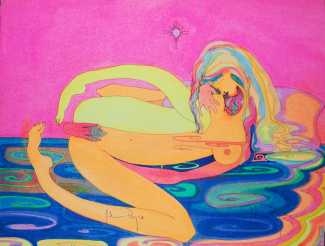
He has always been interested in a wide variety of art forms, and in 1970 moved to Los Angeles to make an experimental film, a project which took three years, combining line art, animation and computerised videotape editing. Although the film was well received, Boyce felt that it was not really understood. The original film, forty-five minutes in length, was edited to seventeen, and scored by Louis and Beebe Baron, creators of the electronic sound score for the film Forbidden Planet. The shortened version was appreciated and endorsed by the philosopher and sociologist Herbert Marcuse. In the 1980s Boyce made a multiplex hologram of a three-dimensional erotic drawing, put together with Selwyn Lissack, the creator of Salvador Dali’s holograms.
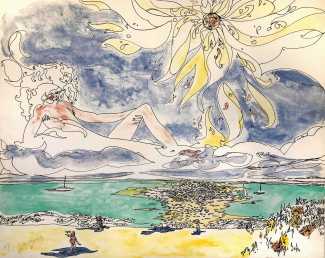
He also continued to travel widely, immersing himself in cultures including being the first visiting artist to the Green House Monastery in Baguio City in the Philippines, where he worked under the direction of master etcher Virgilio Aviado of the William Hayter Gallery in Paris. His paintings and prints sometimes still occasionally appear in galleries and auctions, but in his later years, based in Redwood in northern California, he has been less active as an artist.
His well-earned place here is his collaboration with Anaïs Nin on an illustrated selection of her work which was published in the late 1970s, the best of several illustrated versions of the author’s erotic output.

